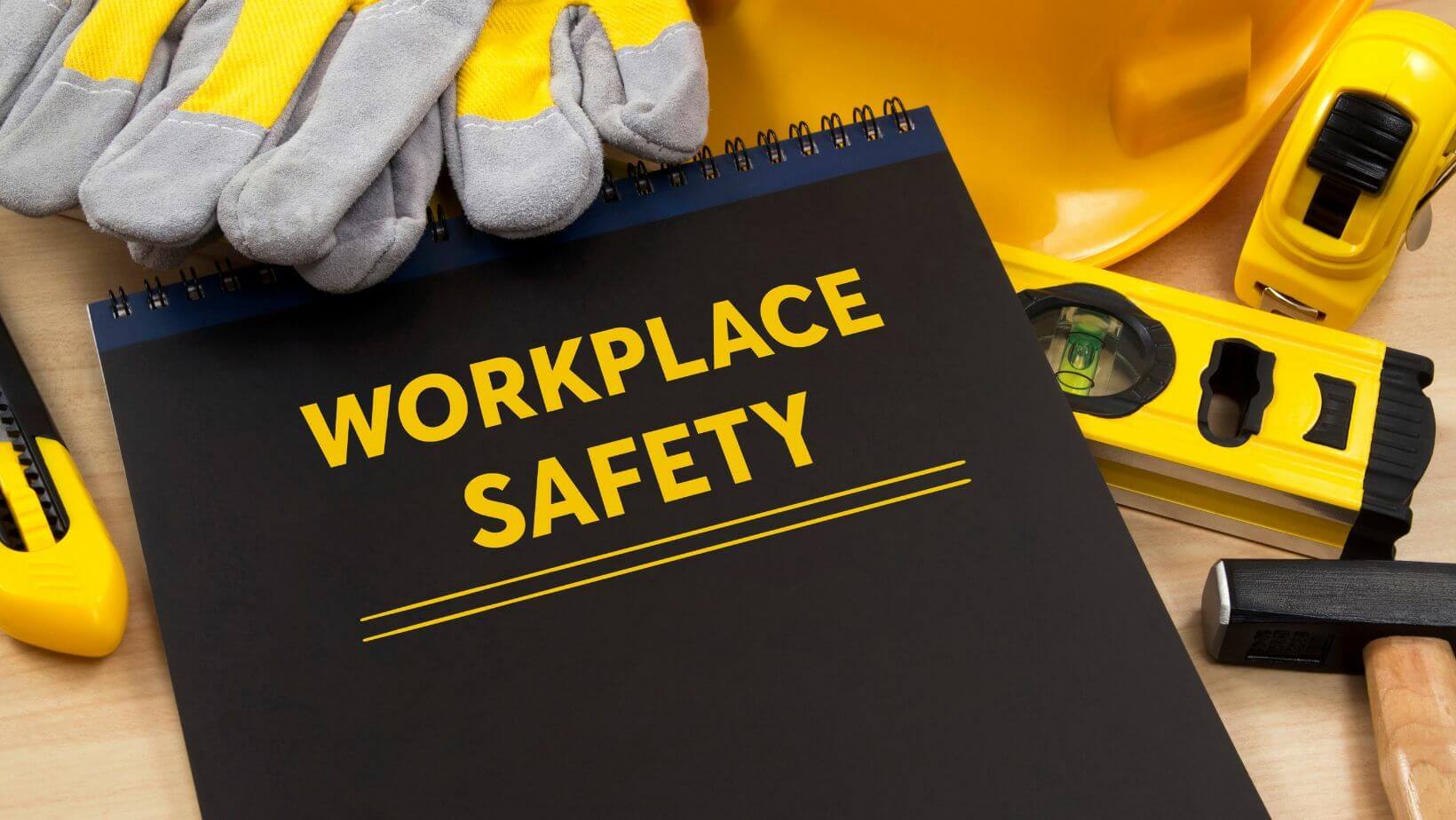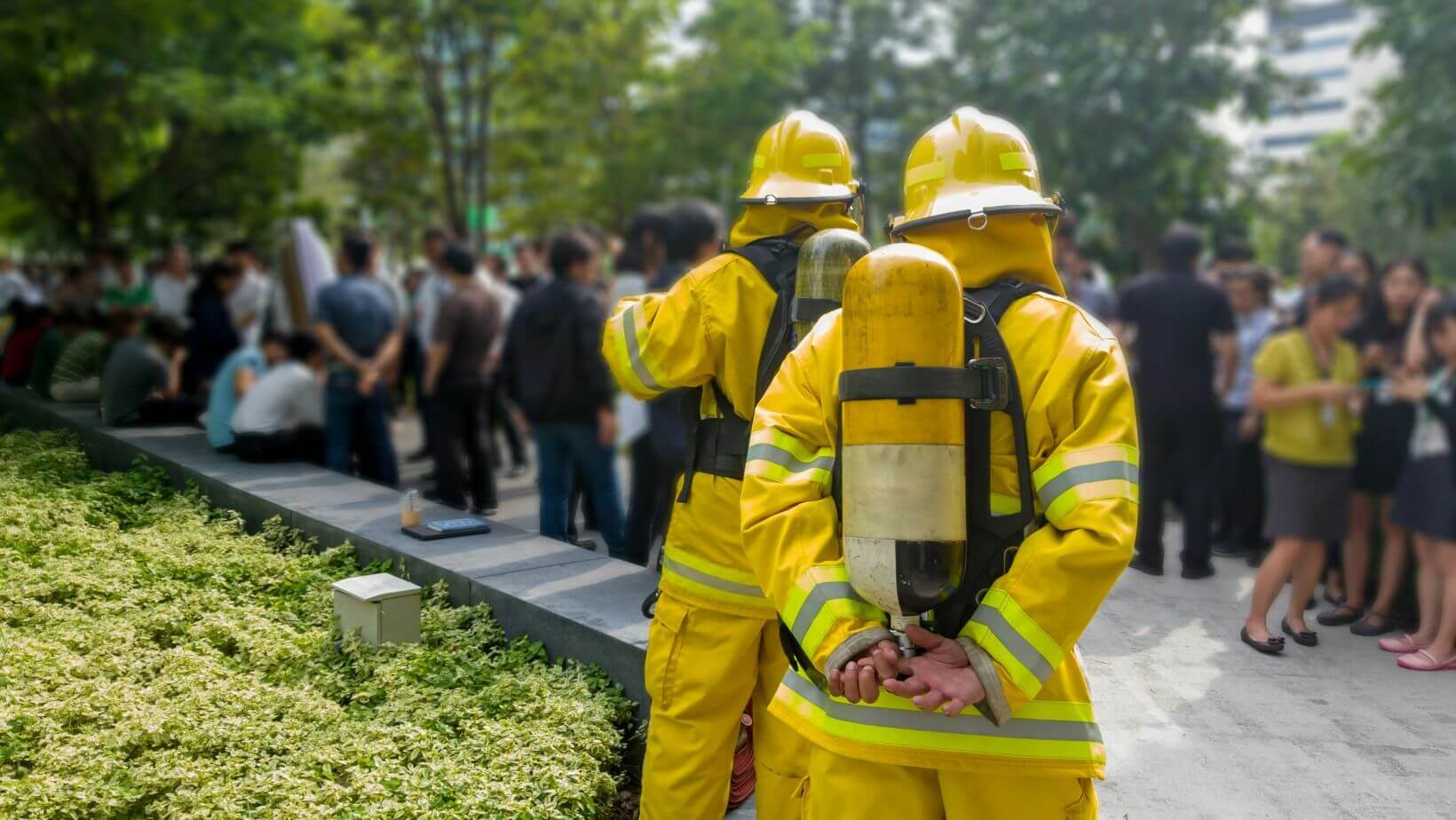As an executive, facility manager, or business owner, you understand the critical role of emergency preparedness in ensuring both safety for your employees and visitors as well as readiness in the face of unexpected disruption. But just how prepared are you?
Unfortunately, many facilities fail to go through regular drills and updates that could make all the difference when it comes to navigating potential emergencies. In this blog post, we’ll take a look at why staying up-to-date on emergency plans is so important—and some steps you can start taking right away to maximize your organization’s safety and readiness.
Understanding Potential Emergencies
As facilities carry out their daily operations, emergencies can occur at any time. Natural disasters, fires, power outages, and medical emergencies are common scenarios that could pose significant risks to the facility and its occupants.
 To ensure safety and readiness, it’s critical to conduct a thorough risk assessment that identifies potential vulnerabilities and hazards unique to the facility. Based on this assessment, tailored emergency response plans should be developed to ensure that every single individual and asset within the facility is accounted for and addressed. It’s imperative to understand potential emergencies to prepare for the worst while hoping for the best.
To ensure safety and readiness, it’s critical to conduct a thorough risk assessment that identifies potential vulnerabilities and hazards unique to the facility. Based on this assessment, tailored emergency response plans should be developed to ensure that every single individual and asset within the facility is accounted for and addressed. It’s imperative to understand potential emergencies to prepare for the worst while hoping for the best.
Developing an Emergency Response Plan
 Developing an emergency response plan is a crucial step in ensuring the safety and readiness of a facility in times of crisis. An effective plan includes key components such as evacuation procedures, communication protocols, and designated roles and responsibilities.
Developing an emergency response plan is a crucial step in ensuring the safety and readiness of a facility in times of crisis. An effective plan includes key components such as evacuation procedures, communication protocols, and designated roles and responsibilities.
It is also essential to involve all relevant stakeholders in the planning process to ensure that everyone is on the same page and can work together seamlessly when an emergency occurs. Regular plan updates and drills should be conducted to ensure readiness and familiarity with emergency procedures.
By developing a comprehensive emergency response plan, facilities can ensure the safety of their occupants and minimize potential damages.
Implementing Safety Measures
 Emergency preparedness is a critical aspect of facility management, as taking proactive safety measures can minimize risks and enhance preparedness. Implementing safety measures such as installing fire detection and suppression systems, emergency lighting, and backup power generators can go a long way in ensuring the safety of your facility.
Emergency preparedness is a critical aspect of facility management, as taking proactive safety measures can minimize risks and enhance preparedness. Implementing safety measures such as installing fire detection and suppression systems, emergency lighting, and backup power generators can go a long way in ensuring the safety of your facility.
It is also important to maintain safety equipment, conduct regular inspections, and address any identified issues promptly to ensure that your equipment is functioning effectively. Training employees on safety protocols and procedures, including first aid and CPR, is essential to ensure that they are prepared to act in an emergency situation. By implementing these safety measures, your facility can be better prepared to handle any emergency situation that may arise.
 Collaborating with Emergency Response Agencies is an essential component of Emergency Preparedness for Facilities. These partnerships provide numerous benefits, including improved coordination and effectiveness during an actual emergency. Sharing facility information and emergency response plans with local agencies ensures that responders have the necessary tools to quickly and efficiently handle an emergency.
Collaborating with Emergency Response Agencies is an essential component of Emergency Preparedness for Facilities. These partnerships provide numerous benefits, including improved coordination and effectiveness during an actual emergency. Sharing facility information and emergency response plans with local agencies ensures that responders have the necessary tools to quickly and efficiently handle an emergency.